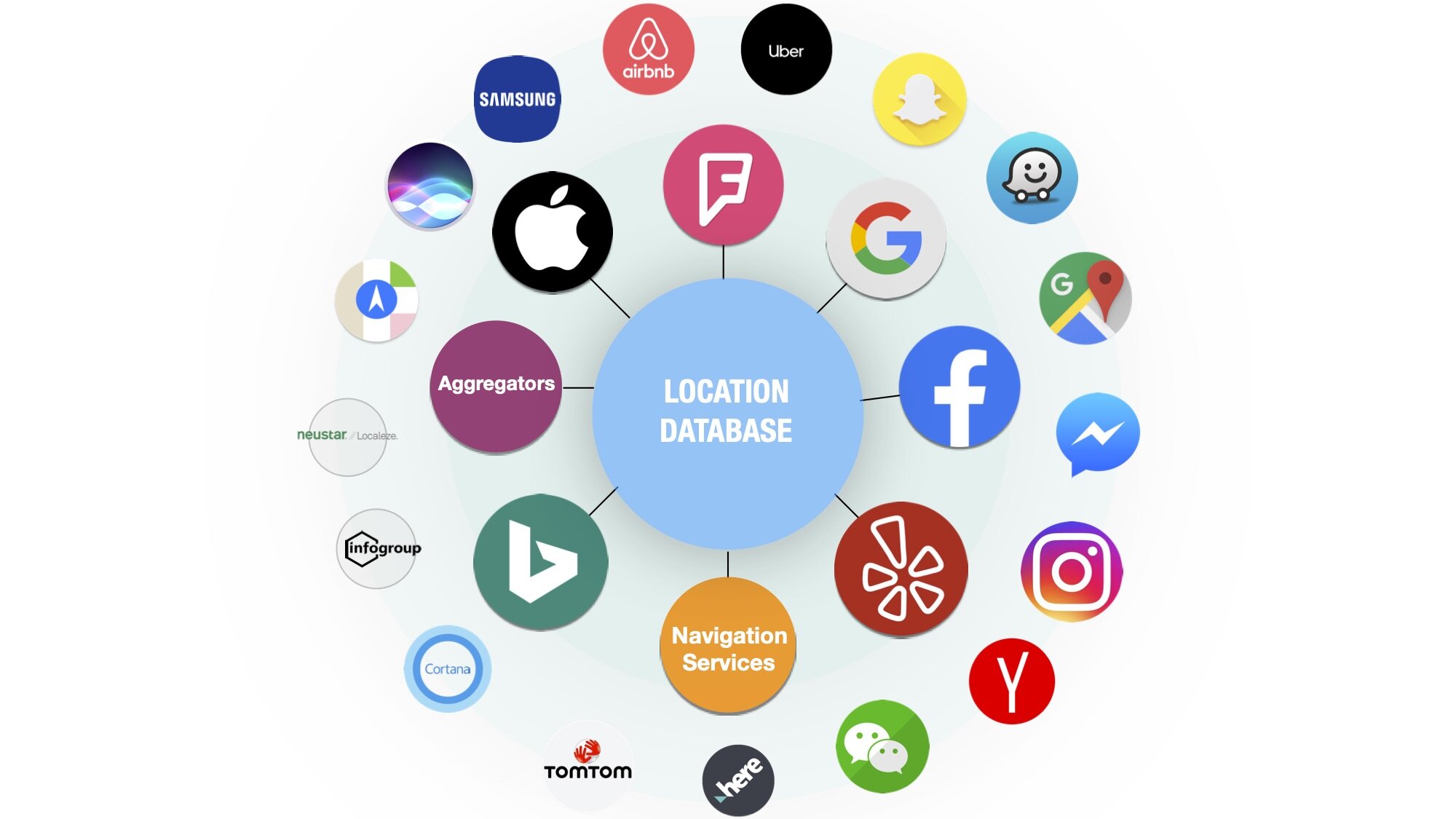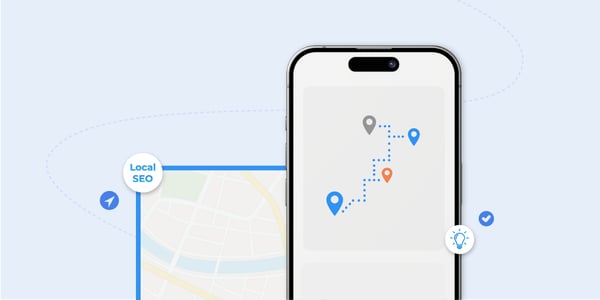Damian Rollison, VP of product strategy at Brandify and columnist, wrote an excellent piece in StreetfightMag about “the evolution of listing management strategies.” He breaks down the development of listing management into three different phases, starting in the mid-2000s.
Phase 1 (2006-2010); the early days of listing management and SEO
Citations were the name of the game in the early days of listing management and SEO, much as dinosaurs were rulers during the Jurassic period. This was during the time when yellow pages were still available and widely used. Having a strong and broad listing in as many locations on the internet as feasible was the path to high SERP indexing. Above all, search traffic was spread across various search providers, and no one had a completely dominant position.
Google was still closed from outside direct influence and according to Damian Rollison “the recommended path to getting listed properly in local directories was to go through the data aggregators.”

Phase One
Phase 2 (2010-2018); smartphones, local search and the kingdom of Google
With the introduction of the iPhone and smartphones as an integral part of our daily lives, local search took a big evolutionary leap into its next phase.
Google gradually opened up for active listing management, culminating in the launch of Google My Business 2014. At the same time, Google devoured more and more secondary directories, becoming perhaps the largest and most powerful player in its local search industry during this period.
So, what became of citations throughout this time? With Google My Business, businesses have the opportunity to get serious about listing management. Social networking has grown significantly and has had an impact on listing management through ratings, reviews, Q&A, and so on. Something that requires a larger commitment from businesses if they wish to compete. During this era, citations begin to be phased out and replaced with channels as one of the more significant primary consequences.
According to Rollison, "developments opened up new search channels, several of which existed not in a Google-centric universe but as alternatives to Google." Consider the following three examples: Facebook, Apple Maps, and Uber. Today, all three are widely utilised to find, interact with, look up, and/or access local companies. None of them rely on Google."

Phase Two
Phase 3 (2019 -); channels, dialogue and relevance
Old school citation building and listings management is today more of a fundamental basis to enable and ensure that you even will appear in search, but it doesn't really help you boost your ranking. Rollison argues that “the old concept of citation building has largely lost its relevance and that thinking of the local network as a system of channels — parallel, somewhat independent sources of consumer traffic — is a more appropriate paradigm for where we are now.”
.jpg)
Phase Three
What Makes You Rank Higher Than Your Competitors?
The social part in which you build relationships with your customers through reviews, ratings, Q&As is getting more and more important. The narrative is no longer controlled by the brand, it is rather a transparent environment where customers can engage with each other and share customer experiences, reviews and insights.
Even though channels are the new big thing, Google is still extremely dominant and an obvious priority. Google’s algorithms are evolving and getting smarter, so in order to include your brand among relevant search results, you need to work smart with your content and engage with your customers on all levels.
Today, there are about 100 million people participating in Google's local guides program who contributes with content on Google. Local Guides are part of a global community of people who write reviews, share photos, answer questions, add or edit places, and check facts on Google Maps.
So, as we've said before and will say again, in order to be ranked higher than your competition, you must react to all reviews, be active with images, and work in GMB (now Google Business Profile) on a regular basis.


